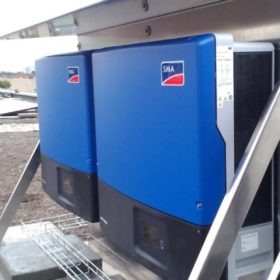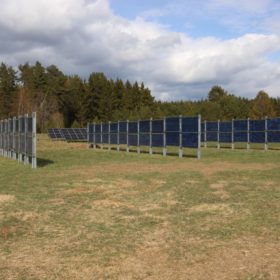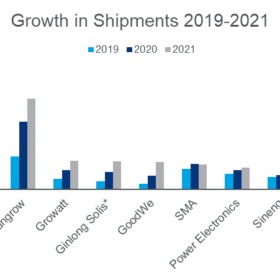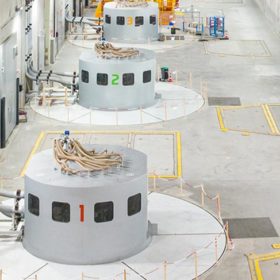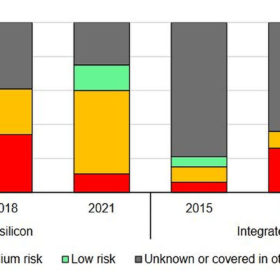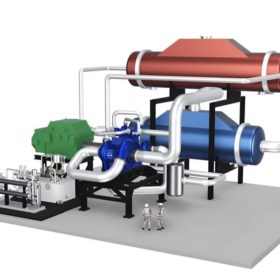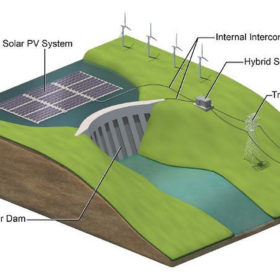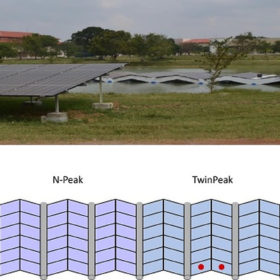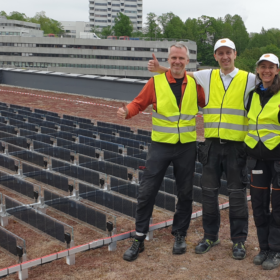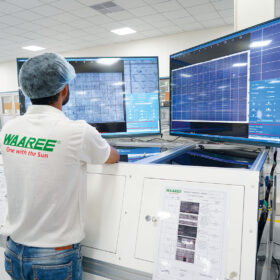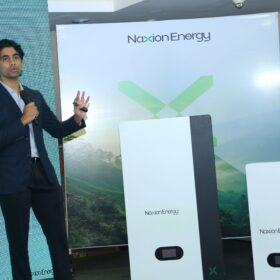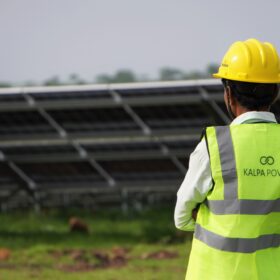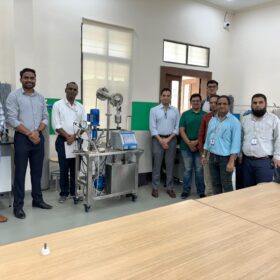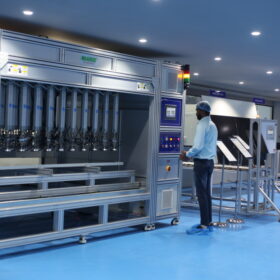Study confirms rule of thumb that PV inverters should run without faults for around 15 years
A new study by Bern University of Applied Sciences shows that the performance of most PV inverters and power optimizers remains optimal for up to 15 years. The inverters considered came mainly from the manufacturers Fronius, Sputnik, and SMA and most of the power optimizers examined came from Solaredge.
The stabilizing effect of vertical east-west oriented PV systems
German researchers have looked at how vertical PV systems could provide more electricity during periods of higher demand, while enabling a higher level of integration with agricultural activities.
Huawei tops inverter supply rankings for 2021
China’s Huawei has been named the world’s biggest inverter supplier for the seventh year in a row, followed by Sungrow and Growatt, according to Wood Mackenzie.
New residential battery from the Netherlands
Dutch startup Charged has developed a lithium-ion battery with a storage capacity of 5 kWh. It can be stacked in a six-unit configuration to reach 30 kWh. It measures 400 mm x 500 mm x 200 mm and weighs 45 kg.
Massive pumped-hydro storage facility comes online in Switzerland
The Nant de Drance facility began commercial operations on July 1 and is currently one of Europe’s largest pumped-hydro storage stations.
One-third of global PV manufacturing capacity is at medium or high risk of bankruptcy, IEA says
A new report from the International Energy Agency stresses the importance of geographically diversifying the global PV supply chain. This would prevent supply chain vulnerability to bankruptcies and underinvestment.
German consortium plans to build world’s largest heat pump
Basf and Man Energy announced a plan to build a 120 MW renewables-powered heat pump for steam production at an industrial site operated by Basf in the Rhineland-Palatinate region, Germany. The feasibility study for the project should be completed by the end of this year.
Hybridizing floating solar with hydropower
Scientists from the National Renewable Energy Laboratory (NREL) have said that the combination of floating solar with hydropower could reduce PV curtailment.
Novel floating PV system design from Norway
Norwegian scientists have tested a new floating PV system concept at a water reservoir in Sri Lanka. The system is made of composite beams to support the solar panels and high-density polyethylene (HDPE) pipes to provide buoyancy.
Vertical rooftop PV pilot goes online in Norway
Over Easy Solar AS has developed a rooftop PV system with two generation peaks – one in the morning at 11 am, and one in the evening at 7 pm. It has been deployed on a school building.

